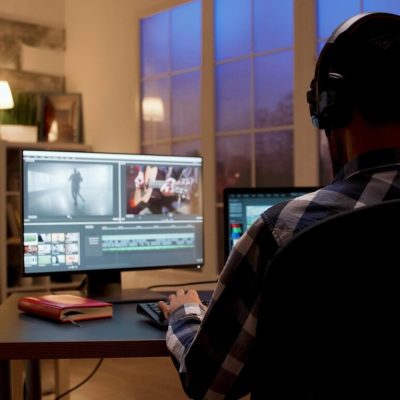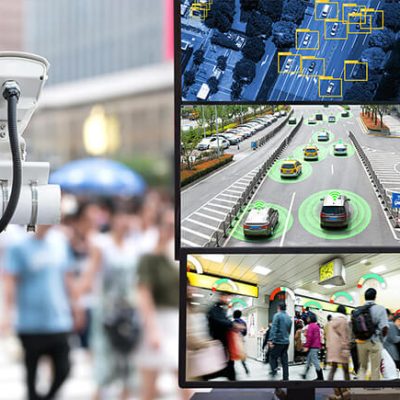In the realm of security and surveillance, Closed-Circuit Television (CCTV) systems are indispensable tools for monitoring and safeguarding various environments. However, the effectiveness of CCTV footage hinges greatly on its clarity and quality. Factors such as poor lighting, camera limitations, and environmental conditions can degrade the clarity of footage, making it challenging to identify crucial details. To overcome these challenges and elevate the effectiveness of surveillance, leveraging advanced CCTV video enhancement tools is essential. In this article, we will explore several cutting-edge CCTV video enhancement tools that can help elevate your surveillance capabilities to the next level.
1. Noise Reduction Algorithms
Noise reduction algorithms are instrumental in cleaning up CCTV footage by removing unwanted visual distortions and artifacts. These algorithms analyze the video data and apply advanced filtering techniques to selectively eliminate noise while preserving essential details. By reducing noise, these tools enhance the clarity and sharpness of the footage, making it easier to identify objects and individuals captured on camera, even in low-light conditions or noisy environments.
2. Sharpening Filters
Sharpening filters play a crucial role in enhancing the clarity and definition of objects within CCTV footage. These filters work by increasing the contrast along the edges of objects, making them appear more defined and prominent. By selectively sharpening edges, these tools improve the overall sharpness and detail of the footage, enabling security personnel to discern critical information more effectively.
3. Contrast Enhancement Tools
Contrast enhancement tools are designed to improve the visibility of CCTV footage by adjusting the contrast levels of the video. These tools increase the differentiation between light and dark areas, bringing out finer details and enhancing overall clarity. By enhancing contrast, these tools make it easier to identify objects and movements within the footage, even in challenging lighting conditions or high-contrast environments.
4. Image Stabilization Techniques
Image stabilization techniques are essential for mitigating the effects of camera shake and motion blur in CCTV footage. These techniques analyze the motion patterns within the video and apply corrective measures to stabilize the footage, resulting in smoother and more watchable imagery. By reducing motion blur and instability, these tools improve the overall clarity and coherence of the footage, enabling security personnel to analyze and interpret the video more effectively.
5. Facial Recognition Software
Facial recognition software has emerged as a powerful tool for automatically identifying and categorizing individuals within CCTV footage. These tools analyze facial features captured on camera and match them against a database of known individuals, enabling rapid identification of suspects or persons of interest. By integrating facial recognition software with CCTV systems, security personnel can enhance their ability to monitor and respond to potential threats or incidents effectively.
Conclusion
In today’s dynamic security landscape, the clarity and quality of CCTV footage are essential for effective surveillance and response. By leveraging advanced CCTV video enhancement tools such as noise reduction algorithms, sharpening filters, contrast enhancement tools, image stabilization techniques, and facial recognition software, security professionals can elevate their surveillance capabilities to new heights. These cutting-edge tools not only enhance the clarity and detail of CCTV footage but also enable more accurate identification, analysis, and response to security threats and incidents. Investing in these advanced enhancement tools is essential for staying ahead of evolving security challenges and maintaining robust surveillance operations.



